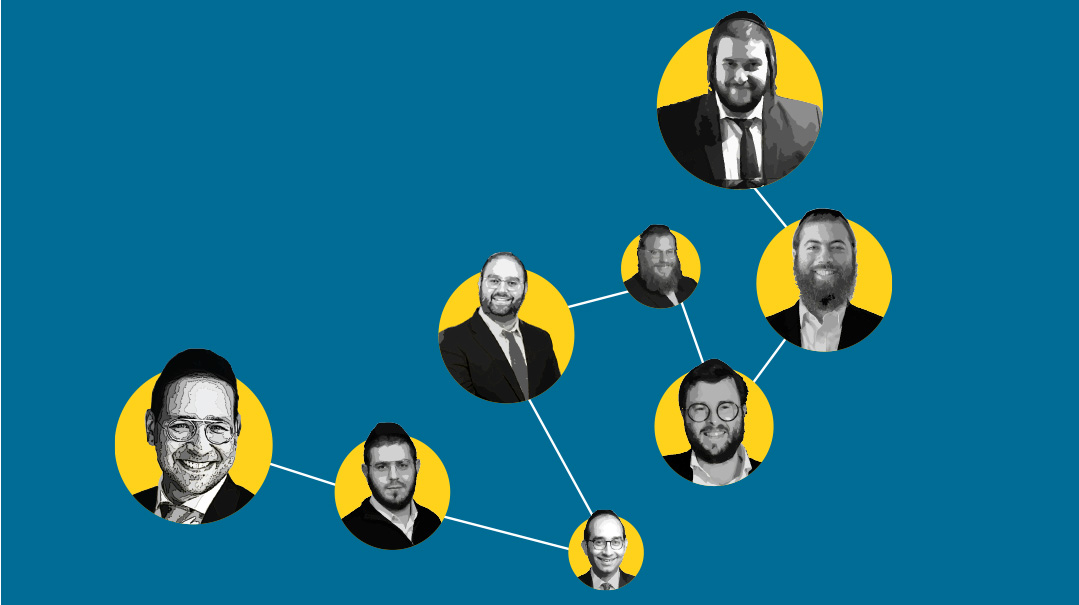Getting Off on the Right Foot
| November 15, 2022Experts share their wealth of experience: Advice for new hires-and new employers

The Beginner’s Mind
Stay Open to Learning
In Japanese martial arts there’s a concept called shoshin, which means “beginner’s mind.” In business, it’s important to maintain an attitude of openness and eagerness, without thinking I got it all figured out, I know it all, and I have no place to grow.
If you can stay with this growth-oriented mindset forever, you will succeed. Always look for ways you can grow. Learn everything you can. Study people that were successful. Learn how they got there and learn from their mistakes. Always assume there is a better way to do the things you are doing.
—Yossi Gottehrer, founder & CEO at YossiG, a high-end interior design firm
Welcome Aboard
Successfully Onboarding New Employees
Why should you care about new-hire onboarding? According to research, companies with a strong onboarding process improve new-hire retention by 82%. That’s a big number! Especially when you consider how challenging it is to find and retain talent.
Another statistic: Only 12% of employees feel that their companies do great jobs of onboarding new hires. Put those two statistics together and you have a pretty good reason to care about your onboarding process.
Here are a few pointers to consider when you reevaluate your current process:
Have the new hire report to work at 10 a.m. on his first day. (There’s nothing like showing up on your first day, and there’s no one there to let you in….)
Appoint a buddy/mentor to take the new hire on a tour of the building, make introductions, and show him the ropes of the new work environment.
Make sure the employee’s work station is fully stocked with appropriate supplies and hardware. Also, ensure that credentials for all necessary systems have been created and are ready to be presented to the new employee.
Make the paperwork process as painless as possible. Electronic is the way to go. Send everything to the new hire in advance so he has time to review it.
Take the new hire out to lunch with a couple of his new colleagues. It’s a great way to help him feel welcome and a part of the team. He’ll also learn where the good lunch spots are in the neighborhood!
Establish goals for 30, 60, 90 days and beyond, and schedule regular check-ins over the first few days, weeks, and months to ensure that the process is continuing as anticipated for all parties involved.
Celebrate the wins! As the new employee is learning the ropes, take a moment to notice the wins and congratulate his progress.
—Barry Ackerman,
CEO, Supportive HR
Getting in the Door
Fresh, Updated Résumés for 2023
Looking for a new job is hard. It’s an emotionally draining process, and you certainly don’t want to blow your chances from the start with a poorly written résumé. Chayala Fasten, of Resume Pros, shares some tips:
- Objectives are obsolete. Instead, put in a professional summary that talks to the reader and persuades him to interview you, much like a copywriter prepares an ad to persuade the potential buyer. Objectives were more about what “I’m looking for.” The professional summary is the sales pitch about you.
- Talk accomplishments. When listing your achievements, use numbers and percentages as much as possible. “Increased sales by 100%” sounds a lot better than “increased sales.”
- Cover letters are not a requirement in the digital age. They can be helpful when you have a unique circumstance to explain, but otherwise they aren’t necessary. You should ensure that the paragraph you send in the body of the email is well written, with no spelling or grammar mistakes.
- Refer directly to the position that was posted when submitting your résumé. It shows that you’re not randomly sending out your résumé, but taking the time to think this position through.
- Writing an entry-level résumé is challenging. Get creative! Did you fundraise for your kollel? Run the canteen in camp? Arrange a family shabbaton? Alternatively, get out there and get experience. Talk to family members in business, and ask if you can help them for free for a couple of weeks. You’ll gain experience to put on your résumé, and get a feeling of how a professional place runs.
- Ensure your résumé can be read by ATS scanners. Many large companies and recruiters get hundreds — or even thousands — of résumés and feed them into a computer before they reach a human eye. If your résumé includes lots of graphics, you’ll be disqualified by virtue of the fact that the program can’t read it.
- Don’t send your résumé from an unprofessional email address or one that gives away too much information. Worst one I ever saw? love2eat87@aol.com (tweaked). You may love to eat... but your potential boss doesn’t need to know that! And it’s a dead giveaway that you were born in 1987; although ageism is illegal, don’t tempt fate. Not to mention that AOL is obsolete. So is Yahoo. This is another way employers can spot your age before meeting you and allowing you to prove your worth.
- Catch the reader’s eye. For a résumé to be outstanding, it needs to be user friendly. Research has shown that recruiters scan résumés for an average of six seconds before going on to the next one… or deciding to interview you. Make it easy for them.
(Originally featured in Mishpacha, Issue 936)
Oops! We could not locate your form.






